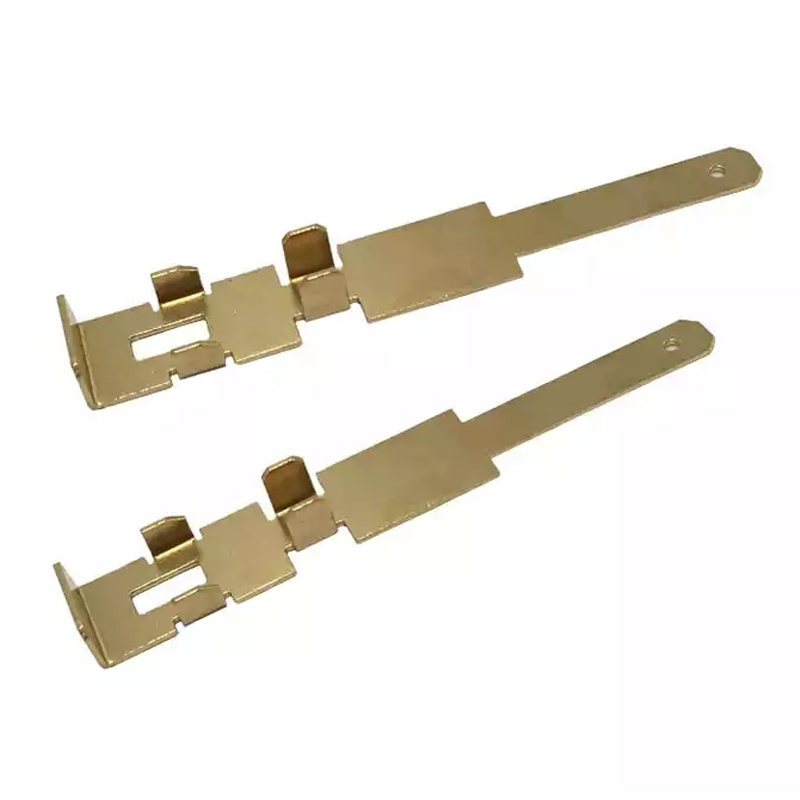Stamping offers several advantages over other manufacturing methods, making it a preferred choice for producing a wide range of metal components. Here are some of the key advantages:
Cost-Effectiveness: Stamping can be a cost-effective manufacturing method, especially for high-volume production. Once the stamping die is created, the cost per part decreases significantly, resulting in lower overall production costs compared to other methods like machining or casting.

High Production Speed: Stamping processes can be highly automated, allowing for rapid production of parts. Progressive and transfer stamping setups, for example, can produce hundreds or even thousands of parts per minute, making stamping ideal for high-volume manufacturing.
Material Efficiency: Stamping minimizes material waste since it typically involves cutting or forming parts from a flat sheet or coil of metal. This efficiency can lead to cost savings and reduced environmental impact compared to processes that generate more scrap material, such as machining.
Consistency and Precision: Stamping processes offer high levels of accuracy and repeatability, resulting in consistent part dimensions and quality. Computer-controlled equipment ensures precise control over parameters such as force, speed, and position, reducing variability and ensuring uniformity across parts.
Complexity: Stamping can be used to create parts with complex shapes and features that would be difficult or impractical to produce using other methods. Techniques such as progressive die stamping and deep drawing allow for the creation of intricate geometries, including flanges, ribs, holes, and embossed features.
Strength and Durability: Stamped parts often exhibit excellent mechanical properties, including high strength, stiffness, and resistance to fatigue and deformation. The cold-working process involved in stamping can increase the material's strength and hardness, resulting in robust components suitable for demanding applications.
Versatility: Stamping can be applied to a wide range of metals, including steel, aluminum, copper, brass, and alloys. This versatility makes it suitable for diverse industries and applications, from automotive and aerospace to electronics, appliances, and construction.
Reduced Secondary Operations: In many cases, stamped parts require minimal additional processing or finishing operations, reducing production time and costs. For example, stamping can incorporate features such as holes, threads, and surface textures directly into the part during the forming process, eliminating the need for separate machining operations.
Overall, stamping offers a combination of cost-effectiveness, speed, precision, and versatility that makes it an attractive choice for manufacturers seeking efficient production of metal components.

